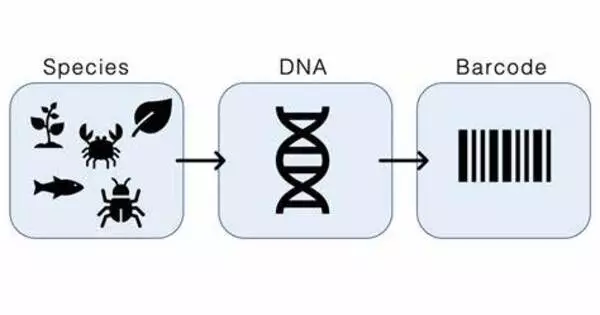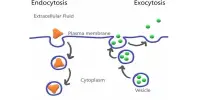DNA barcoding is a molecular biology technique used to identify and classify organisms by studying a short and standardized area of their DNA. Algae DNA barcoding is extensively utilized for species identification and phylogenetic investigations. Algae are a phylogenetically varied group, which means that using a single universal barcode/marker for species delimitation is impractical, hence several markers/barcodes are used in different algal groupings.
This method is very useful in domains such as biodiversity assessment, ecology, and species identification since it allows for the quick and reliable determination of an organism’s species.
Here’s how DNA barcoding works:
- Selection of DNA Marker: The barcode is a distinctive section of an organism’s DNA. The mitochondrial cytochrome c oxidase I (COI) gene is often employed in animals because it has a relatively high mutation rate, making it an appropriate target for species identification. The rbcL and matK genes are commonly employed in plants.
- DNA Extraction: DNA is isolated from a small tissue sample of the organism, such as a leaf fragment, a fish fin clip, or a hair shaft segment.
- PCR Amplification: Polymerase Chain Reaction (PCR) is used to selectively amplify the desired DNA barcode region, producing a large number of copies for examination.
- DNA Sequencing: The sequenced amplified DNA reveals the genetic coding of the barcode region.
- Data Analysis: The obtained DNA sequence is compared to a reference database of known DNA barcodes. This reference database typically contains sequences from a wide variety of species. By matching the obtained sequence to those in the database, the species of the organism can be identified.
DNA barcoding offers several advantages:
- Rapid Identification: It allows for the quick and automated identification of species, even when the organism is in an immature or fragmented state.
- High Accuracy: DNA barcoding is highly accurate and less prone to errors compared to traditional morphology-based identification, which can be challenging, especially for non-experts.
- Standardization: The use of a standardized DNA region (e.g., COI) makes it easier to compare and share data across different laboratories and research projects.
Applications
DNA barcoding is used to identify species and trace the origin of products in a variety of domains, including taxonomy, ecology, conservation, and food safety.
While DNA barcoding is a powerful tool, it does not always yield a conclusive response, particularly when dealing with closely related species with highly identical barcodes or when a reference database lacks the required diversity. Nonetheless, it has become an indispensable tool for speedy and reliable species identification, and it is frequently utilized in scientific research and biodiversity studies.
















